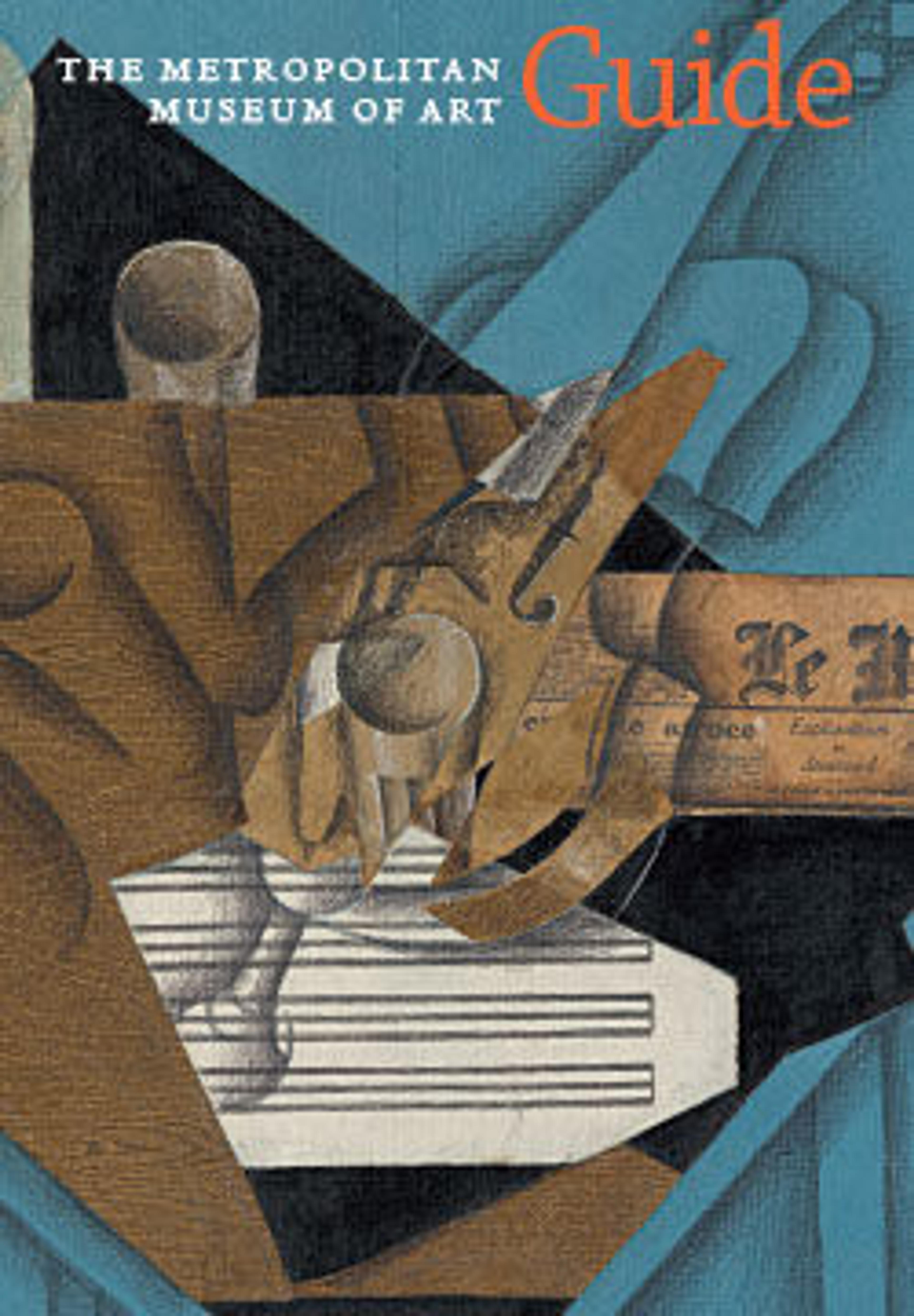English
Saint John on Patmos
A painter and printmaker of great originality, Baldung was trained in Albrecht Dürer’s Nuremberg studio before he established his own workshop in Strasbourg in 1509. This painting shows Saint John in exile on the Greek island of Patmos, experiencing a vision of the Virgin as he writes his Book of Revelation. The panel originally joined two others to form a triptych, commissioned by a religious order in Strasbourg.
Artwork Details
- Title: Saint John on Patmos
- Artist: Hans Baldung (called Hans Baldung Grien) (German, Schwäbisch Gmünd (?) 1484/85–1545 Strasbourg)
- Date: ca. 1511
- Medium: Oil, gold, and white metal on spruce
- Dimensions: Overall 35 1/4 x 30 1/4 in. (89.5 x 76.8 cm); painted surface 34 3/8 x 29 3/4 in. (87.3 x 75.6 cm)
- Classification: Paintings
- Credit Line: Purchase, Rogers and Fletcher Funds; The Vincent Astor Foundation, The Dillon Fund, The Charles Engelhard Foundation, Lawrence A. Fleischman, Mrs. Henry J. Heinz II, The Willard T. C. Johnson Foundation Inc., Reliance Group Holdings Inc., Baron H. H. Thyssen-Bornemisza, and Mr. and Mrs. Charles Wrightsman Gifts; Joseph Pulitzer Bequest; special funds; and other gifts and bequests, by exchange, 1983
- Object Number: 1983.451
- Curatorial Department: European Paintings
Audio
5143. Saint John on Patmos
0:00
0:00
We're sorry, the transcript for this audio track is not available at this time. Please email info@metmuseum.org to request a transcript for this track.
More Artwork
Research Resources
The Met provides unparalleled resources for research and welcomes an international community of students and scholars. The Met's Open Access API is where creators and researchers can connect to the The Met collection. Open Access data and public domain images are available for unrestricted commercial and noncommercial use without permission or fee.
To request images under copyright and other restrictions, please use this Image Request form.
Feedback
We continue to research and examine historical and cultural context for objects in The Met collection. If you have comments or questions about this object record, please contact us using the form below. The Museum looks forward to receiving your comments.
